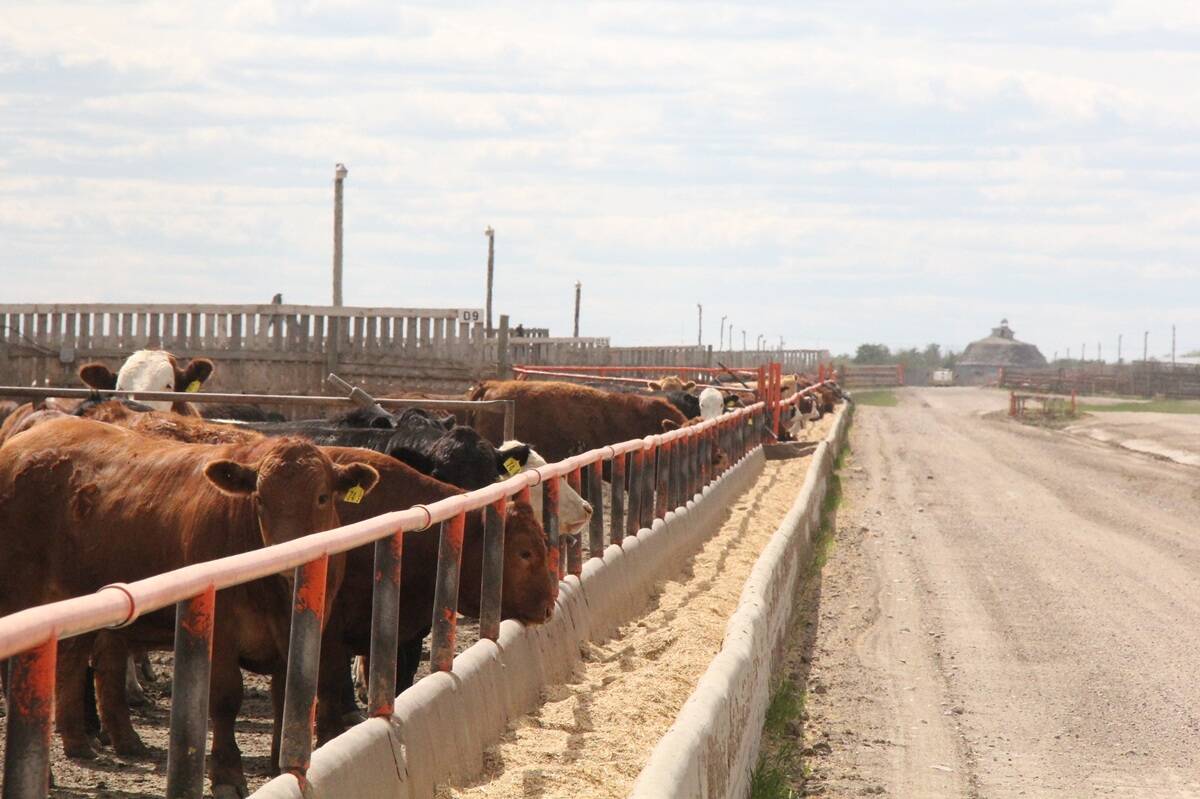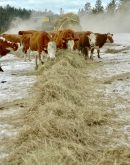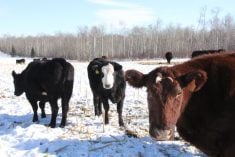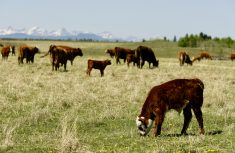The long-awaited “Feeds Regulations, 2024,” were published on July 3, 2024, marking the most significant legislative change for the livestock feed sector in 40 years.
Industry and government stakeholders worked collaboratively to modernize these regulations for over a decade. This work was motivated by a need to better align Canada’s regulatory framework with modern-day industry practices, keep feed safety at the highest global standard and accommodate scientific advancements and innovation. The new regulations enable the feed industry to meet livestock producers’ needs and help them remain competitive in domestic and international markets.
Who is affected by this regulatory change? The scope of those who must comply with the regulations is determined by the Feeds Act, which hasn’t changed with the recent regulatory update. Many livestock producers who grow, manufacture or mix feed on-farm for their own animals continue to be exempt from these regulatory requirements, which largely affect the commercial feed industry (e.g., feed mills, ingredient suppliers, consultants and retail outlets).
As has always been the case, producers who make feed on-farm must ensure they do not use ingredients that are prohibited for use in feed in Canada (e.g., poultry manure) or ingredients that present a risk to human health, animal health or the environment.
Read Also

Unwinding the fibre in feedlot cattle diets
Research into how barley rolling method and undigestible NDF levels affect animal performance and digestive health in finishing diets
There are requirements that some producers might need to implement, depending on their on-farm feed activities. Some of these requirements were in place under the previous regulations while others are new or updated.
Do you sell or distribute feed, whether you manufacture it or not? Under the Feeds Act, any person or business, including cattle producers, who sells or distributes feed to another person is within the scope of the act and must therefore comply with the feeds regulations. Below is a high-level overview of these regulatory requirements.
Labelling standards: Feed labels must adhere to requirements for elements such as nutrient guarantees, claims and directions for use. New standards include bilingual language requirements for health and safety information, as well as identification codes (i.e., lot numbers) on all feed products to enable traceability.
Feed registration: Certain feeds must be registered with the CFIA before they can be sold. This includes feeds administered via drinking water and those containing pest control products. Feeds that do not meet labelling standards, such as having labels containing languages other than English or French, must also be registered. Under the new regulations, many mixed feeds that previously required registration are now exempt, including milk replacers in many cases.
Compositional and safety standards: As was required under the previous regulations, feeds must meet a series of standards to minimize their potential risk of harm to humans, animals and the environment. These standards include maximum levels for nutrients, contaminants and weed seeds, as well as prohibition of certain deleterious substances (e.g., certain pesticides).
Hazard analysis and preventive control plans: A new requirement under the modernized regulations, establishments must develop and implement strategies to identify hazards in their feed production process and eliminate or reduce those hazards to an acceptable level.
Traceability and recall procedures: The modernized regulations are increasing transparency throughout the feed supply chain. These new requirements relate to product identification (i.e., identification codes/lot numbers), product traceability (i.e., record-keeping to track product movements one step forward to the immediate customer and one step back to the immediate supplier), and procedures to recall a product if it is found to present a risk of harm.
Record-keeping: Records must be kept relating to feed manufacturing, traceability, feed safety and more. Under the new regulations, most records must be kept for two years with the option to store records electronically.
Licensing: Licenses for the feed industry will enhance CFIA oversight over imports, exports and products sold interprovincially, creating a more equal system for domestic and imported feeds and enabling more government support to facilitate exports. On-farm producers who do not import or export feeds, or sell feeds out of the province, likely will not be affected by licensing.
Do you manufacture or mix feeds for your own livestock that contain medications? The Feeds Act stipulates that producers who manufacture or mix feeds for their own livestock that contain medications (including common medicating ingredients such as Monensin/Rumensin) must also comply with parts of the regulations, such as:
- compositional and safety standards
- hazard analysis and preventive control plans (note: producers who have implemented on-farm food safety programs through national producer associations or provincial governments may already be meeting some of these requirements)
- record-keeping
Not sure if your activities with medications and feed fall into this category? CFIA guidance includes the following scenarios as examples of what is within scope:
- You purchase a medicated feed and then use it to further manufacture a feed (e.g., mixing it with forages and silage in a TMR).
- You purchase a non-medicated feed and then you use it to further manufacture a feed that contains a medicating ingredient.
- You purchase a medication (with or without a veterinary prescription) and then you use it to further make a medicated feed.
Benefits of the ‘Feeds Regulations, 2024’ for all producers. Even if the regulatory requirements do not apply to you, the “Feeds Regulations, 2024” can benefit your operation. These new regulations are expected to help bring innovative products to the Canadian market quicker, enabling you to keep pace with international competitors in emerging areas such as sustainability. The new allowance to add non-feed products such as veterinary health products into feed offers alternative tools to support animal health. Finally, the incorporation of more flexible legislative instruments enables compositional and safety standards for feeds to evolve with science so that Canadian livestock continue to eat the safest and highest-quality feed possible.
– Erin Ross is a technical and regulatory analyst with the Animal Nutrition Association of Canada (ANAC), the national trade association of the Canadian livestock feed industry.
















